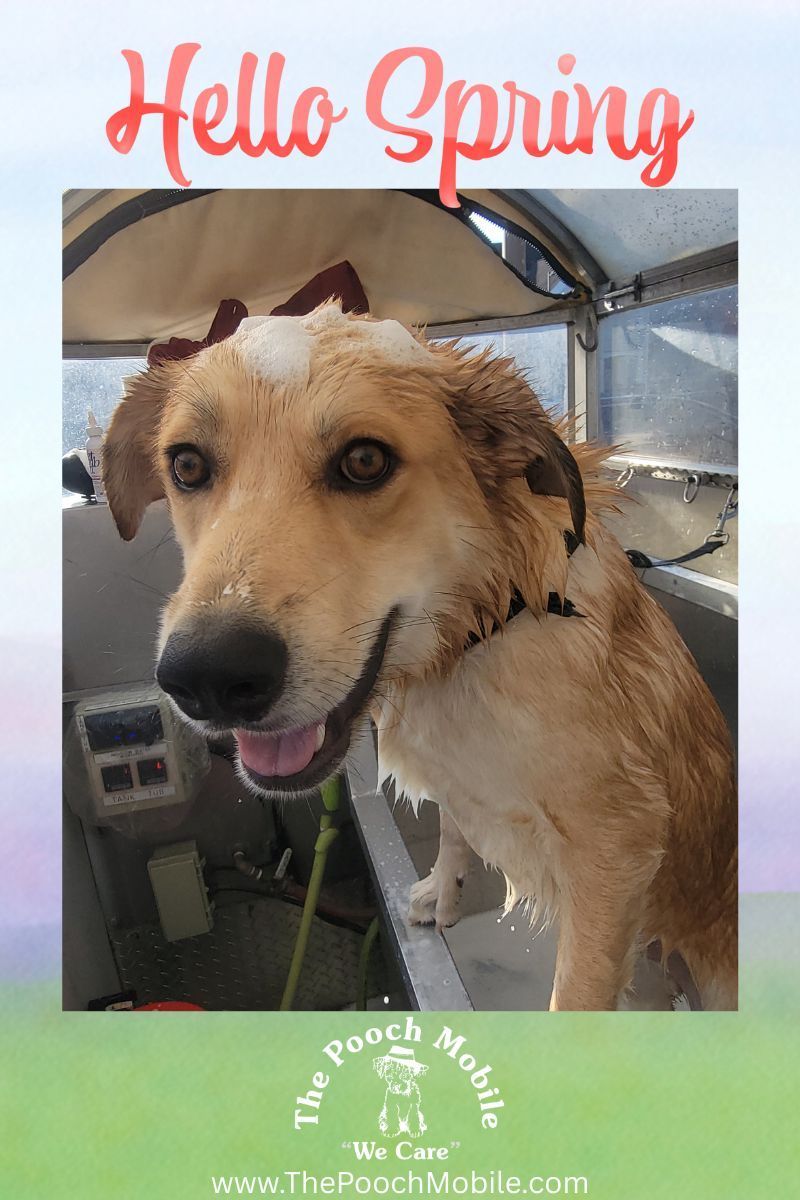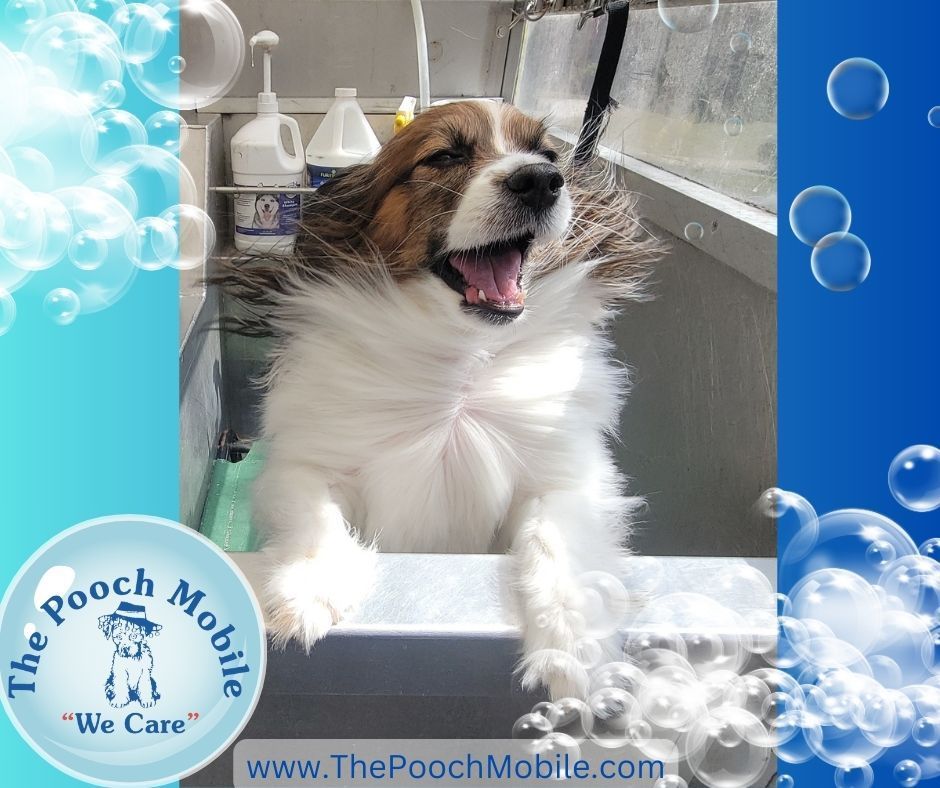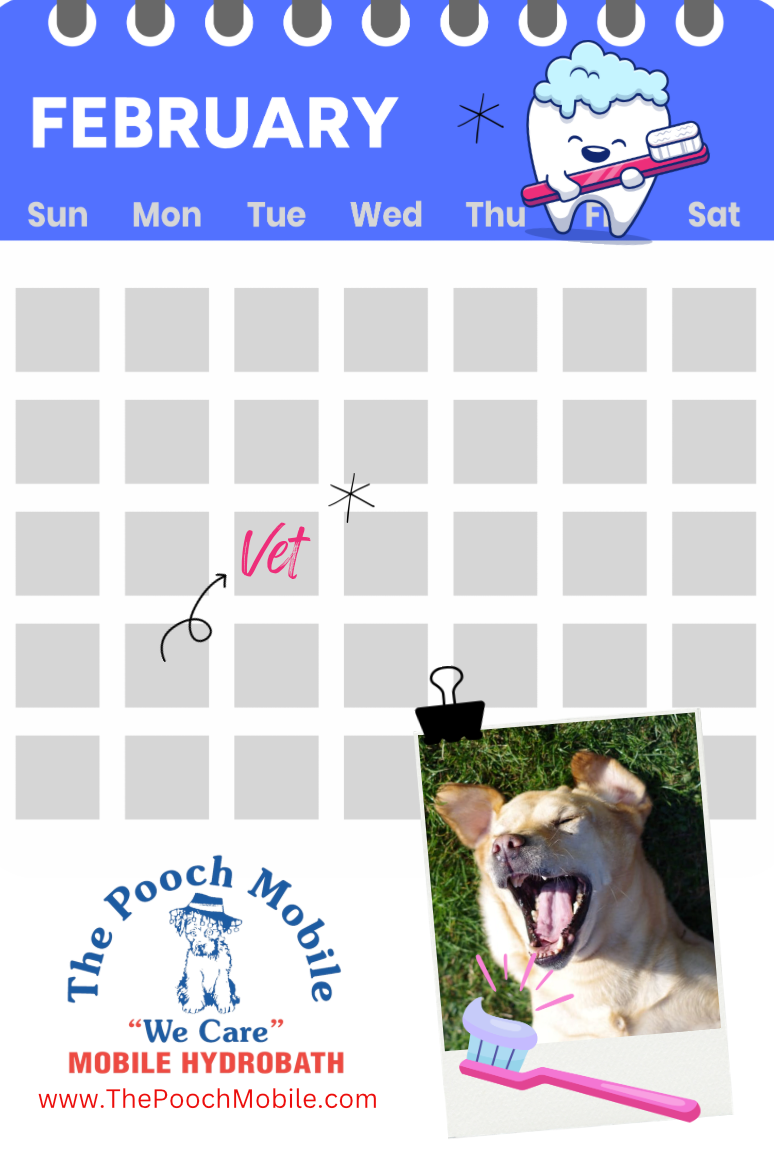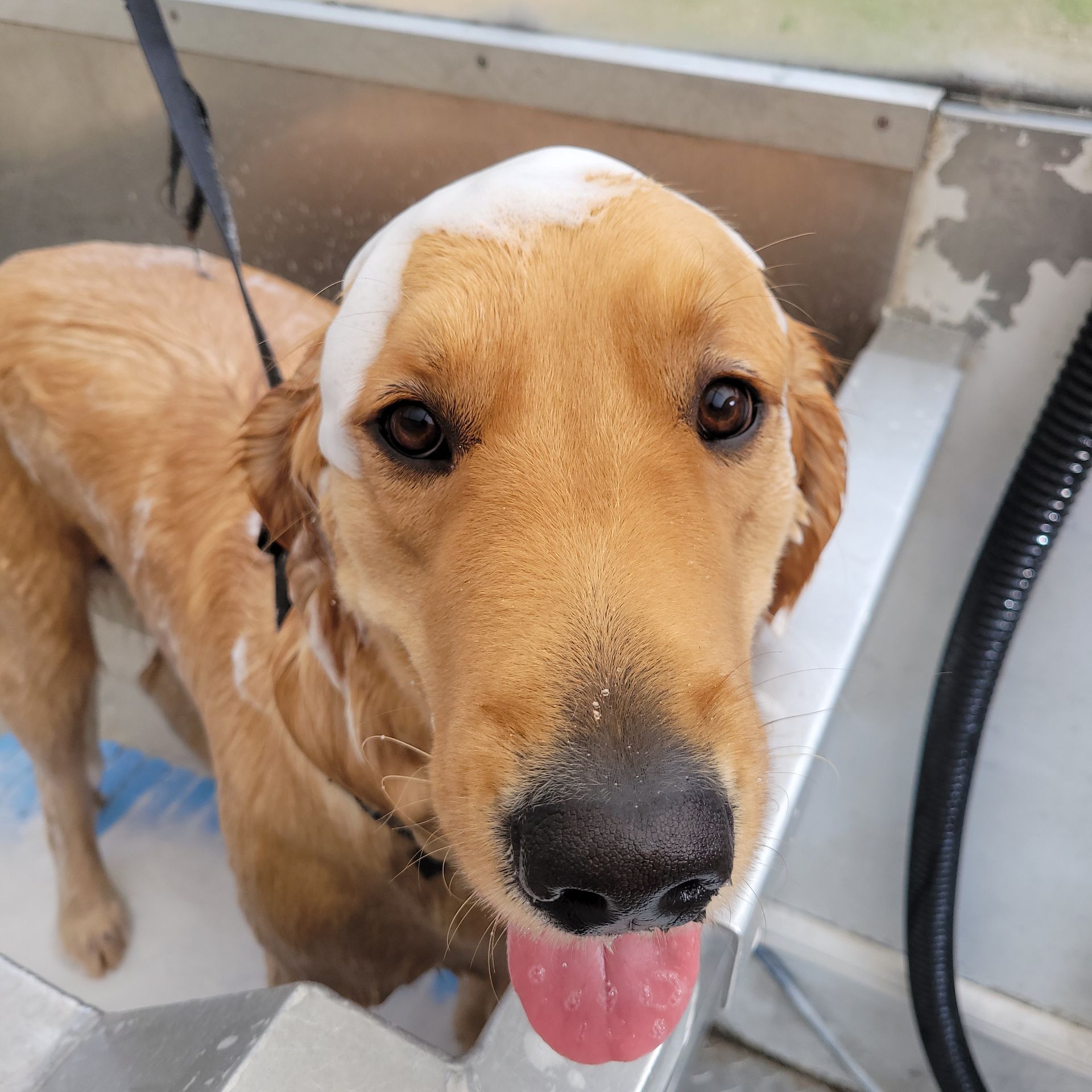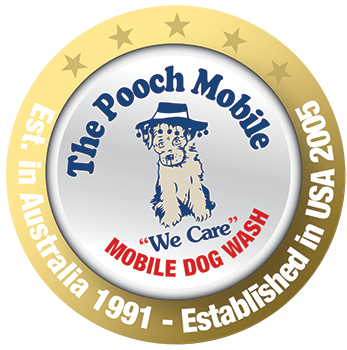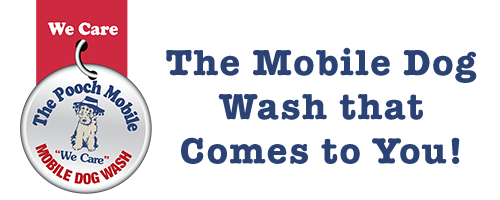Choosing the Right Collar and Leash: A Guide to Safety and Style
Choosing the right collar and leash styles for your dog isn’t just about making a fashion statement. It’s also about safety and comfort. Whether you are a first-time dog owner or you simply would like to update your pup’s accessories, selecting the perfect collar and leash combo is vital for your pet’s well-being. You can even have fun with it and choose something that suits their personality. So, let’s explore the various options and how to pick which one is right for your canine.
1. Understanding Your Dog’s Needs
Before you buy a collar and leash, there are a few considerations to assess. For example, the breed and size of the dog are crucial in determining the right fit. Large breed dogs need stronger, thicker materials, while smaller breed dogs can get away with lighter options. Activity level is another thing to consider. If you have an active pooch, they may need something that is both adjustable and durable. Meanwhile, if your dog pulls on the leash, a harness might be a better fit to prevent injury.
2. Types of Collars
Now it’s time to go over the various collar options.
- Flat Collars: Ideal for everyday use, flat collars are the most common. Available in a wide range of materials, colors, and patterns, they allow for personalization. Just make sure it fits snugly but is not too tight. A good rule of thumb is that two fingers should fit comfortably between the collar and your dog’s neck.
- Martingale Collars: If your pup has a habit of slipping out of flat collars, a martingale collar may be the best way to go. This style tightens when pulled but won’t choke, making it perfect for training and controlling dogs with narrow heads, like Greyhounds or Dobermans.
- Harnesses: As mentioned before, harnesses are the best option for dogs that pull on leashes. They can also work well for canines with neck issues. A harness distributes pressure across the chest and back instead of the neck, providing better control and comfort without choking.
- Head Collars: Ideal for difficult dogs or ones who need more safety while socializing, the head collar sits around the dog’s muzzle and attaches behind the head. This style gives you steering control. However, you must keep in mind that this type of collar may require an adjustment period for your dog.
3. Types of Leashes
Now that you’ve chosen the right collar, it’s time to pick the perfect leash.
- Standard Leash: Measuring 4 to 6 feet in length, the standard leash is best for daily walks. You can have fun picking one out as they come in a variety of materials, including nylon, leather, and chain.
- Retractable Leash: Smaller or easier-to-control dogs may enjoy the retractable leash since it allows much more freedom to sniff around. However, this style can pose a risk in crowded areas and is not recommended for dogs that pull.
- Adjustable Leash: This type of leash offers versatility in length, making it great for various activities, from walking to training.
- Traffic Leash: If you need to keep your dog closer, a traffic leash is best. Shorter in length than the standard leash, it provides more control in high-traffic areas or when navigating crowded spaces.
4. Safety Tips
- Regular Inspection: Check the state of your dog’s collar and leash regularly for signs of wear and tear. If you find damage, it should be replaced immediately.
- Proper Fit: As your pet grows or changes in weight, you should be regularly checking the fit of the collar. If it becomes too loose, it can slip off. If it’s too tight, it can cause discomfort.
- ID Tags: Always make sure your dog’s collar includes an identification tag with your contact information. Microchipping is also a valuable backup for identification just in case the tag falls off.
Wrapping up
Selecting the perfect collar and leash combo for your dog is a balancing act involving safety, comfort, and style - in that order. Understanding what your dog needs will help them stay safe and look stylish in public. Every walk is an adventure, and each one should be fun for both you and your pooch.
Paragraph title
This is the text area for this paragraph. To change it, simply click here and start typing.
